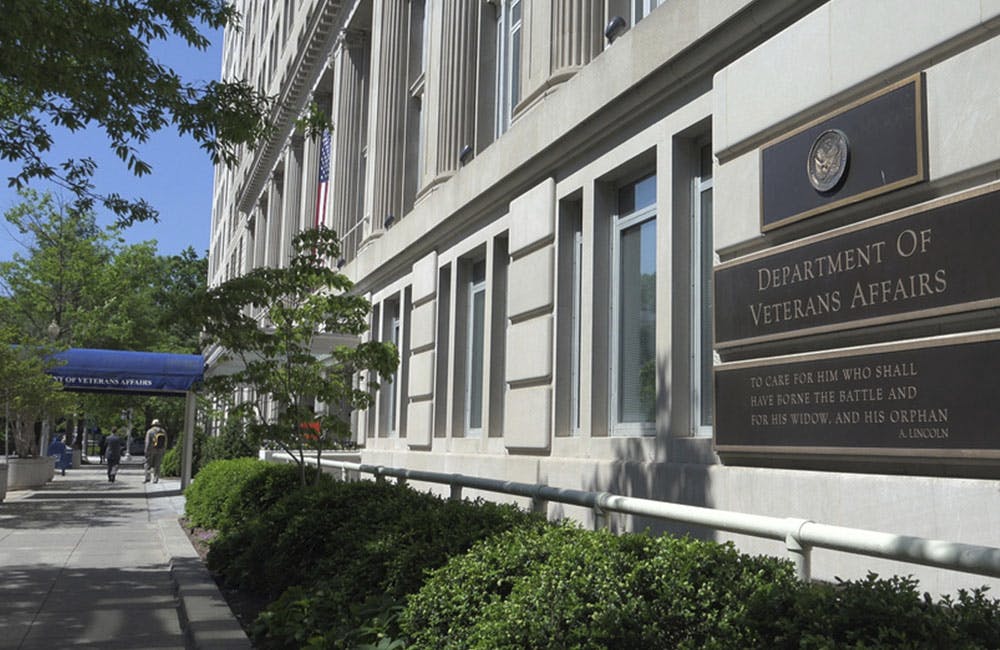Indo-Pacific Leaders Say Coalition Comms ‘Not a Technical Problem’
Combatant command leaders discuss challenges in standing up new communication networks to share information in the partner environment.

The biggest challenges when it comes to communication at the military coalition level is law and policy, Army Pacific G-6 Assistant Chief of Staff Col. Alton Johnson told an audience during a panel at the AFCEA TechNet Indo-Pacific conference in Honolulu, Hawaii.
Johnson and other combatant command leaders spoke on how they want to establish efficiencies when standing up new systems without recreating the wheel, which can introduce longer timelines and red tape. Plus, they want to ensure data isn’t getting into the hands of those who don’t have permission to use it.
“We have to determine how we parse out the ability to communicate with multiple partners on the same system,” Johnson said. “It’s not a technical problem because we can connect them on to certain systems and be able to provide share information, provide data.”
Johnson said the main issue resides in how the Defense Department segregates information that can be shared with partners. These partners need to be assured that the data they share with U.S. allies does not find its way into the hands of their non-partner nations, even if they are already a U.S. partner.
“It’s how we segregate that information and give the various partners that we work with the assurance that they have the ability to control and maintain their own data that is not at risk and that they’re comfortable sharing with certain partners and not others,” Johnson said. “Policy prevents us from getting there because there are things that limit our ability to share that information across the board.”
CW5 Yuri Camesi, senior technical advisor at Indopacom’s I-Corps G6, spoke about his fear of duplicative lines of effort between the services and said his biggest pain point is when services follow similar projects, unaware of duplication.
“Where is this data really at? Where are we coinciding this project across the board and how do we make sure that we feed each element into that project. If I have an issue over here, am I feeding something in the bigger picture? To feed the interoperability, to feed the policy, or am I spinning my wheels over here?” Camesi said.
Johnson said that despite DOD’s desire to continue to experiment with data-sharing solutions with partners, the work that is being done to layer commercial tools on top of ICAM solutions needs to be maintained beyond two-week exercises.
“We continue to push the ball forward, but what we’ve got to do is get to a point where it’s not so difficult and it’s not so much work to prepare for everyone,” Johnson said. “We’ve got to get to a point where it’s persistent, where it exists, where we can use it on a regular basis, and we can train people on it.”
Gen. Ray Phariss, commanding general of the 311th Signal Command (Theater), said that a cultural shift will be a major part of building and trusting persistent networks.
“I think part of the problem is cultural and that we’ve been network based for so long that we distinctly go to what’s the network solution when, in fact, the network piece is the last part of it,” Phariss said.
Phariss warned that not all nations have equal levels of cybersecurity infrastructure maturity and that networks will only be fully successful when agreement is reached on their function.
“Networks can only mirror what the international agreements are between the various partners,” Phariss said. “So if you can’t get a clear definition of what those agreements are. You can’t mirror the technical solution to that.”
Phariss emphasized that while not all theaters are the same, Indopacom can learn from NATO’s network when it comes to sharing information between trusted partners. Additionally, a single solution will not work, unless there is room to customize and reshape that solution depending on the theater being operated in.
“Any significant conflict is going to involve coalition partners. We need to actually take the next step, next evolutionary step, and practice in a coalition environment, and not have these networks taken up and down,” Phariss said. “We’ve got to have an approach at the high level that clarifies the use cases and gives us a consistent approach and framework to build against, so that we’re making continuous gaining improvements and not just this episodic up and down, requirements change each time.”
This is a carousel with manually rotating slides. Use Next and Previous buttons to navigate or jump to a slide with the slide dots
-

VA's Platform One Powers Rapid Innovation to Bolster Digital Services
VA's Platform One accelerates software development timelines from weeks to hours, ultimately enhancing digital services for veterans.
5m read -

Opinion: Original Intelligence Is the Missing Piece for AI Transformation
Limitations of AI agents and development drive growing needs for workforce development and "original intelligence."
3m read -

The Next AI Wave Requires Stronger Cyber Defenses, Data Management
IT officials warn of new vulnerabilities posed by AI as agencies continue to leverage the tech to boost operational efficiency.
5m read -

Federal CIOs Push for ROI-Focused Modernization to Advance Mission Goals
CIOs focus on return on investment, data governance and application modernization to drive mission outcomes as agencies adopt new tech tools.
4m read -

Agencies Push Data-Driven Acquisition Reforms to Boost Efficiency
New initiatives aim to increase visibility of agency spending, improve data quality and create avenues to deploy solutions across government.
5m read -

Data Transparency Essential to Government Reform, Rep. Sessions Says
Co-Chair of the Congressional DOGE Caucus Rep. Pete Sessions calls for data sharing and partnerships to reduce waste and improve efficiency.
5m read -

DOD Can No Longer Assume Superiority in Digital Warfare, Officials Warn
The DOD must make concerted efforts to address cyber vulnerabilities to maintain the tactical edge, military leaders said at HammerCon 2025.
4m read -

Marine Corps Operation StormBreaker Slashes Software Delivery Timelines by 17x
New program aims to deliver critical digital capabilities to warfighters at the "speed of relevance" by overhauling traditional processes.
4m read -

DHA CDAO Spearheads Master Data Catalog to Boost Transparency
Jesus Caban plans to boost DHA's data maturity through a new master data catalog, governance frameworks and inventory of tech tools.
5m read -

IRS Makes Direct File Code Public as Lawmakers Debate Program’s Fate
The agency sees the Direct File source code as beneficial to government digital services despite what happens with it in proposed budgets.
5m read -

A Look at Federal Zero Trust Transformation
Recent developments from CISA and DOD show how government is advancing zero trust quickly.
20m read -

Modernization Strategies to Enable Energy Innovation
Lawrence Berkeley National Lab and Maximus experts explore the modernization strategies driving digital transformation and operational resilience within the energy sector.
33m watch
















